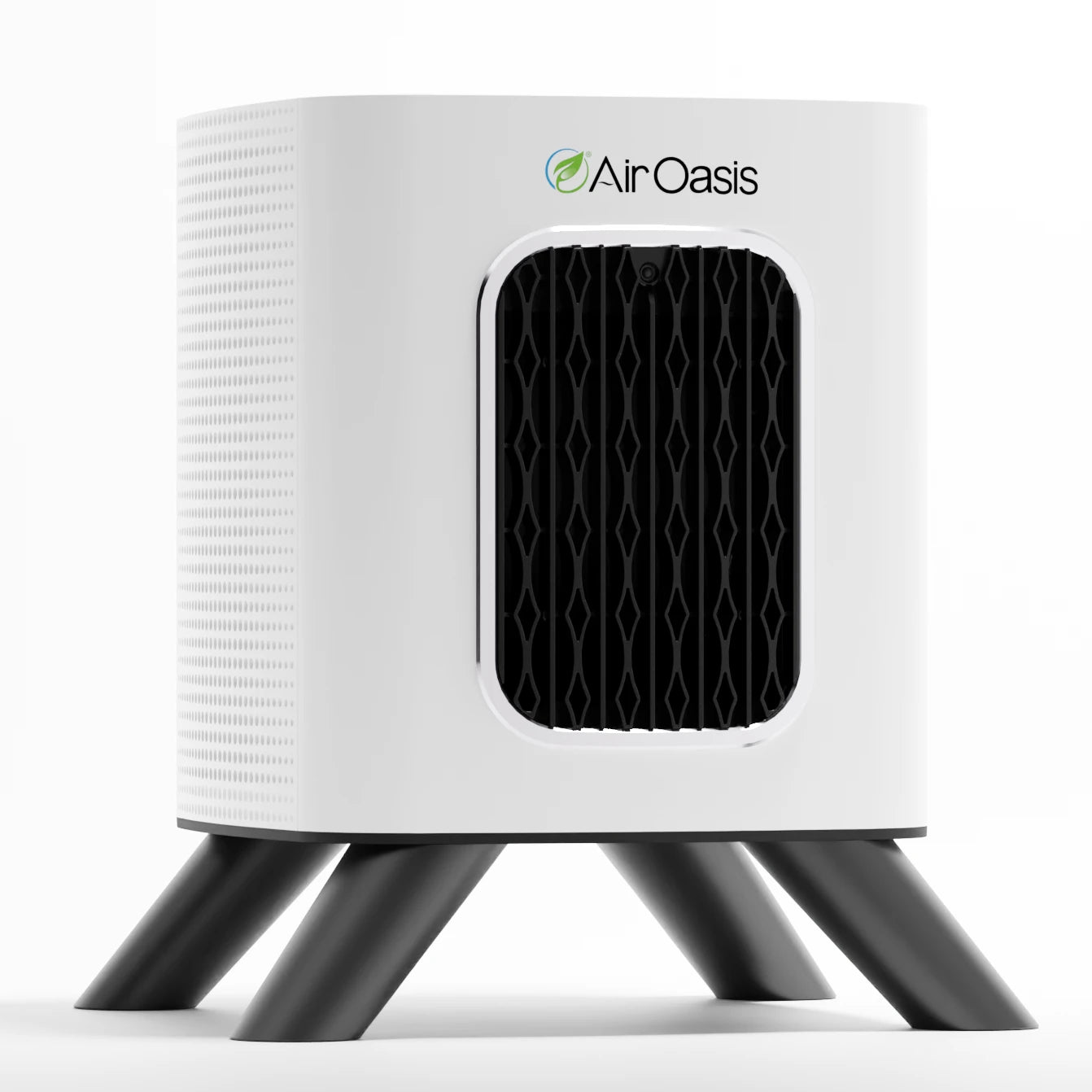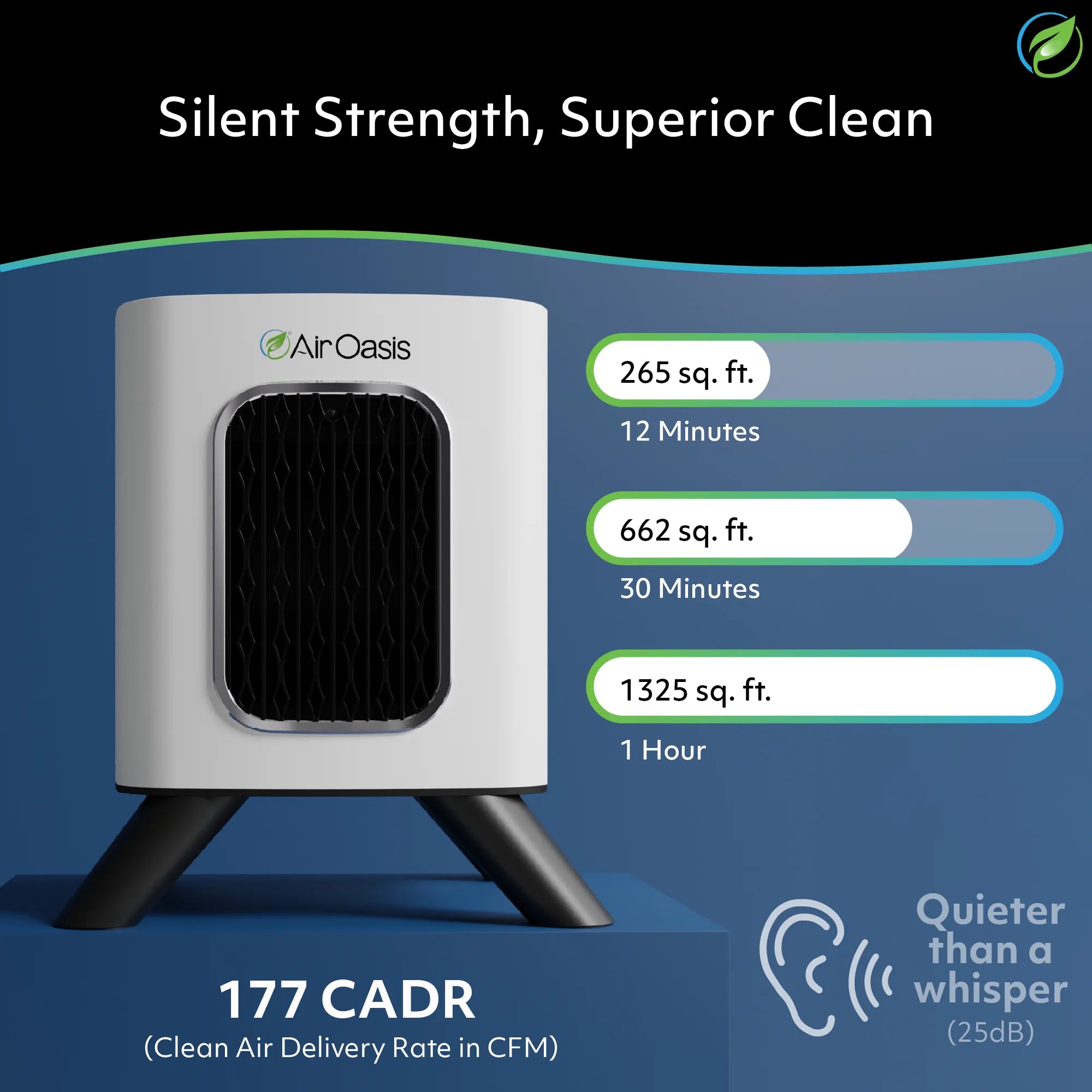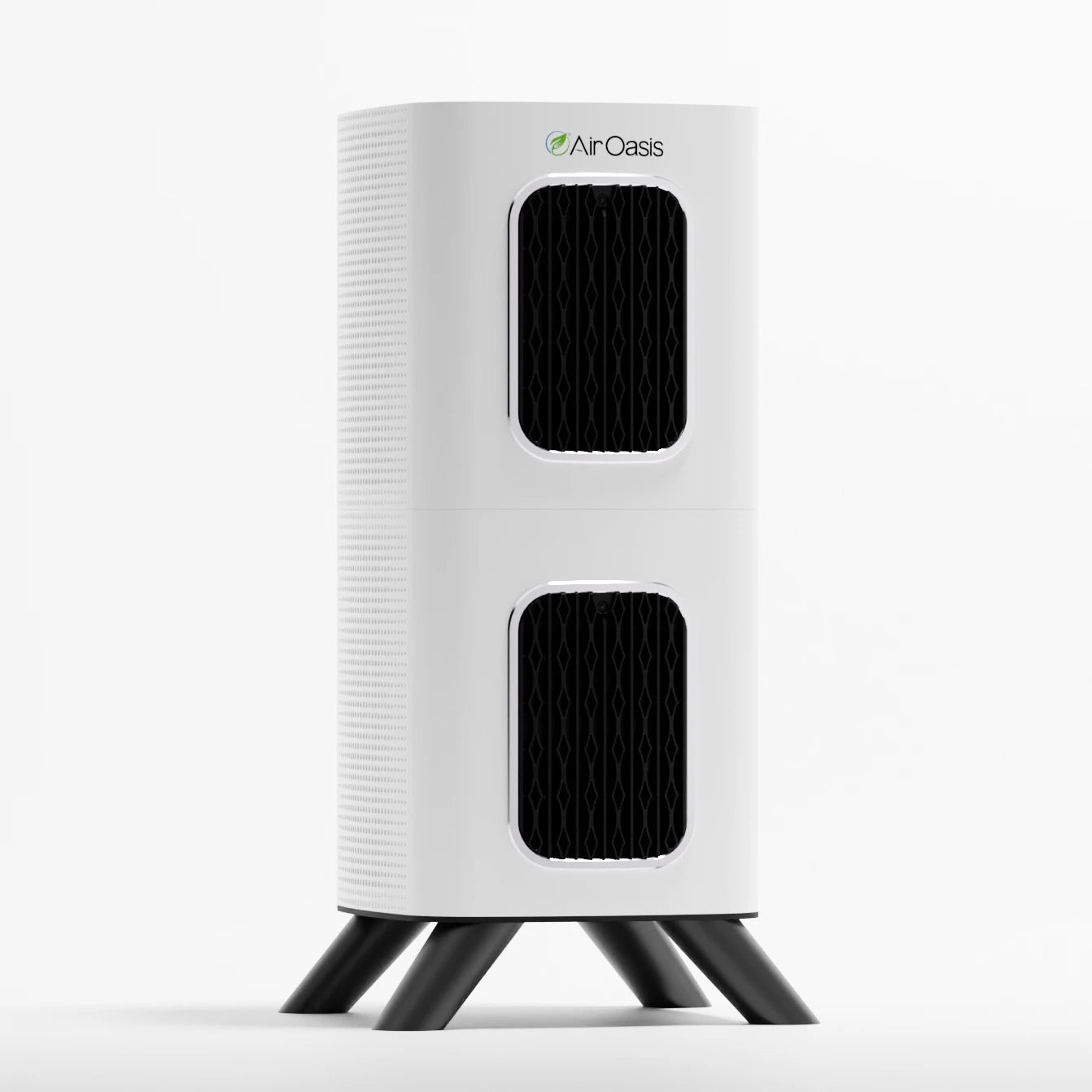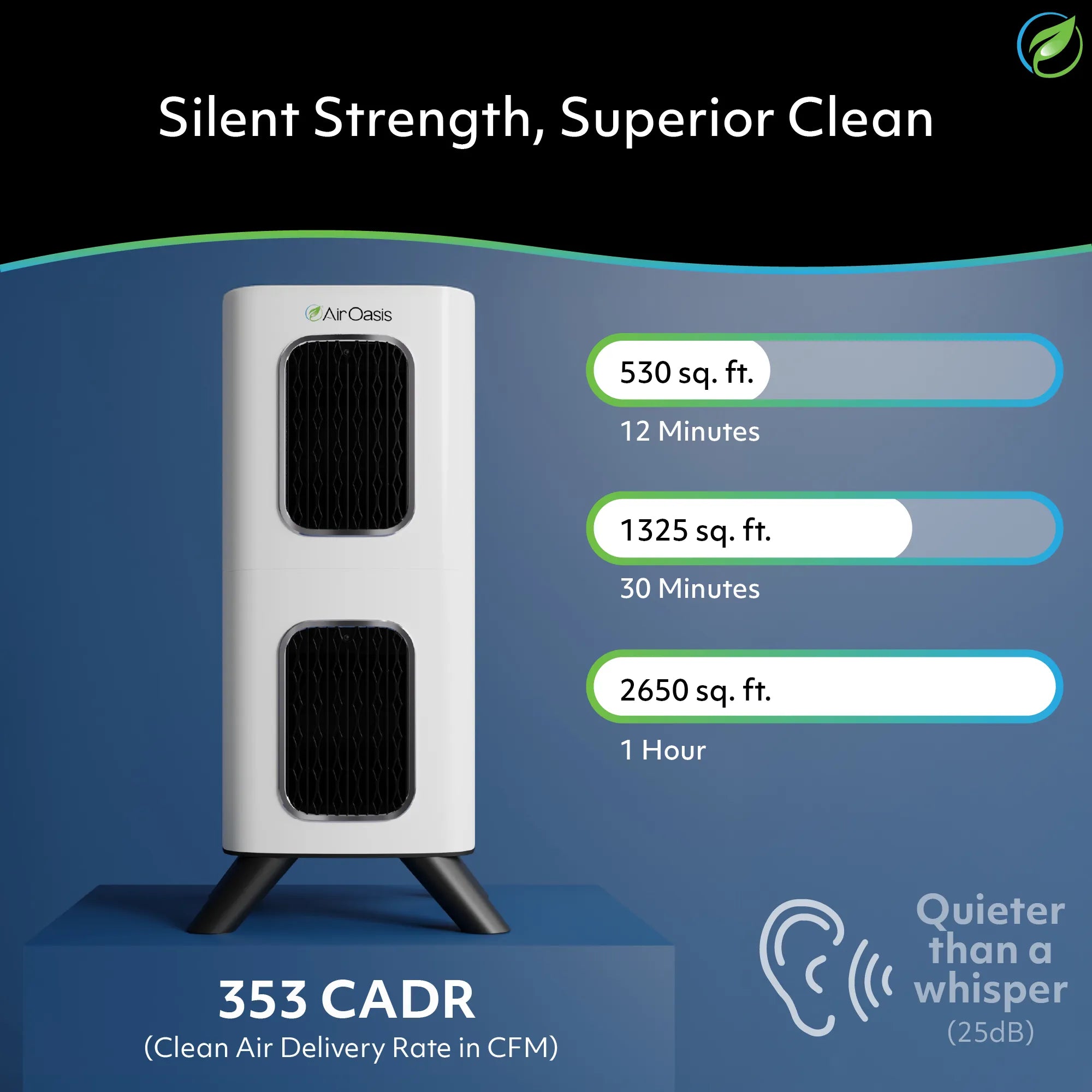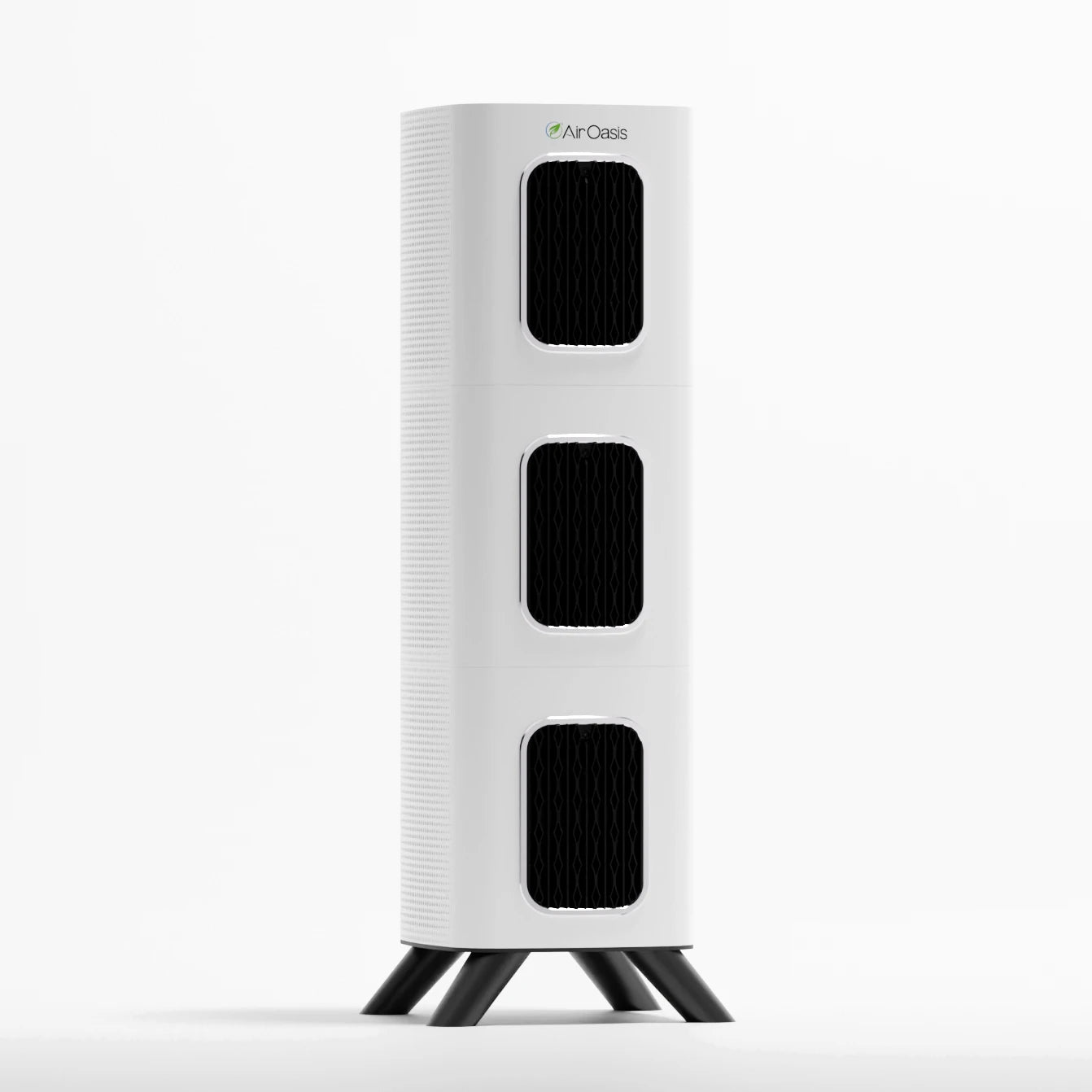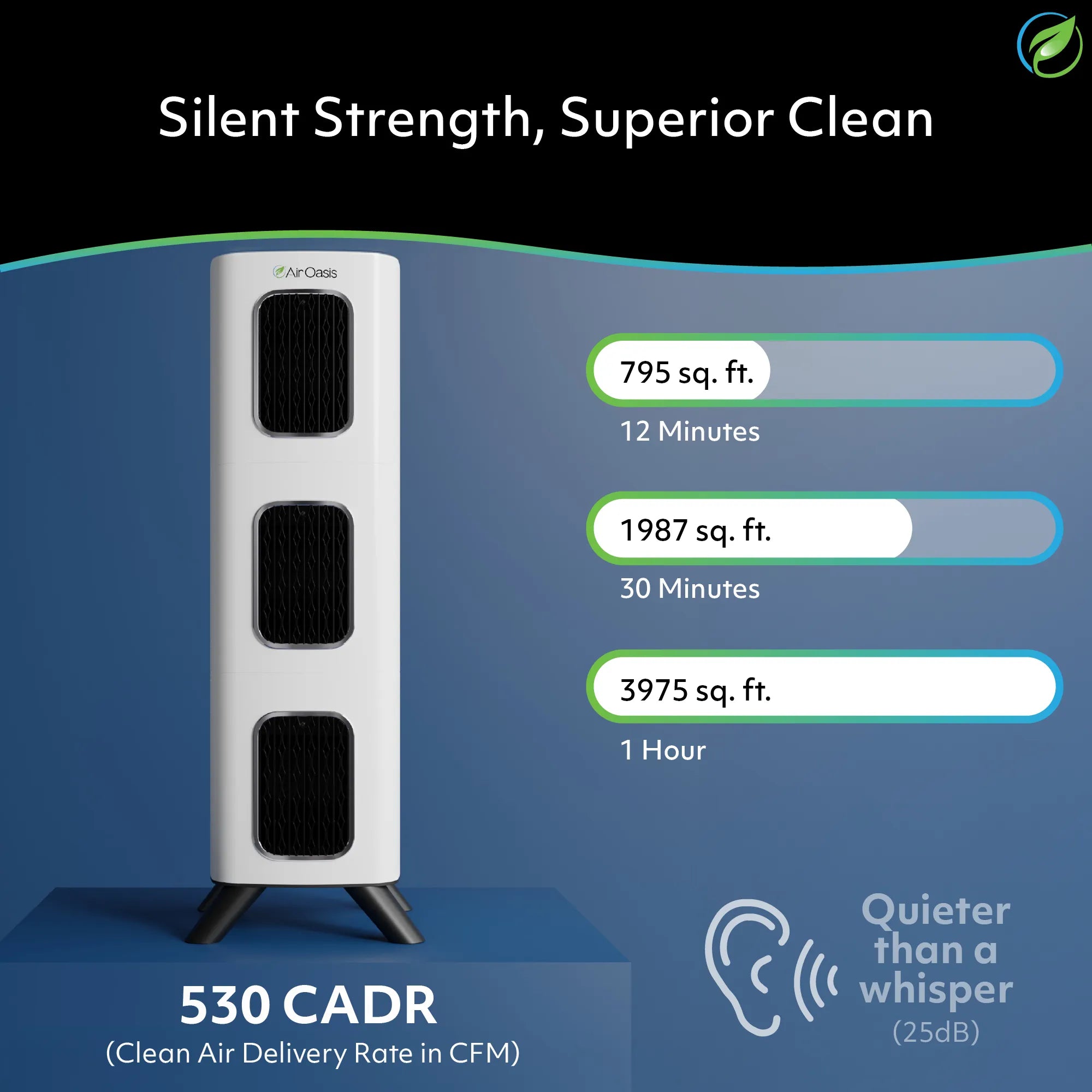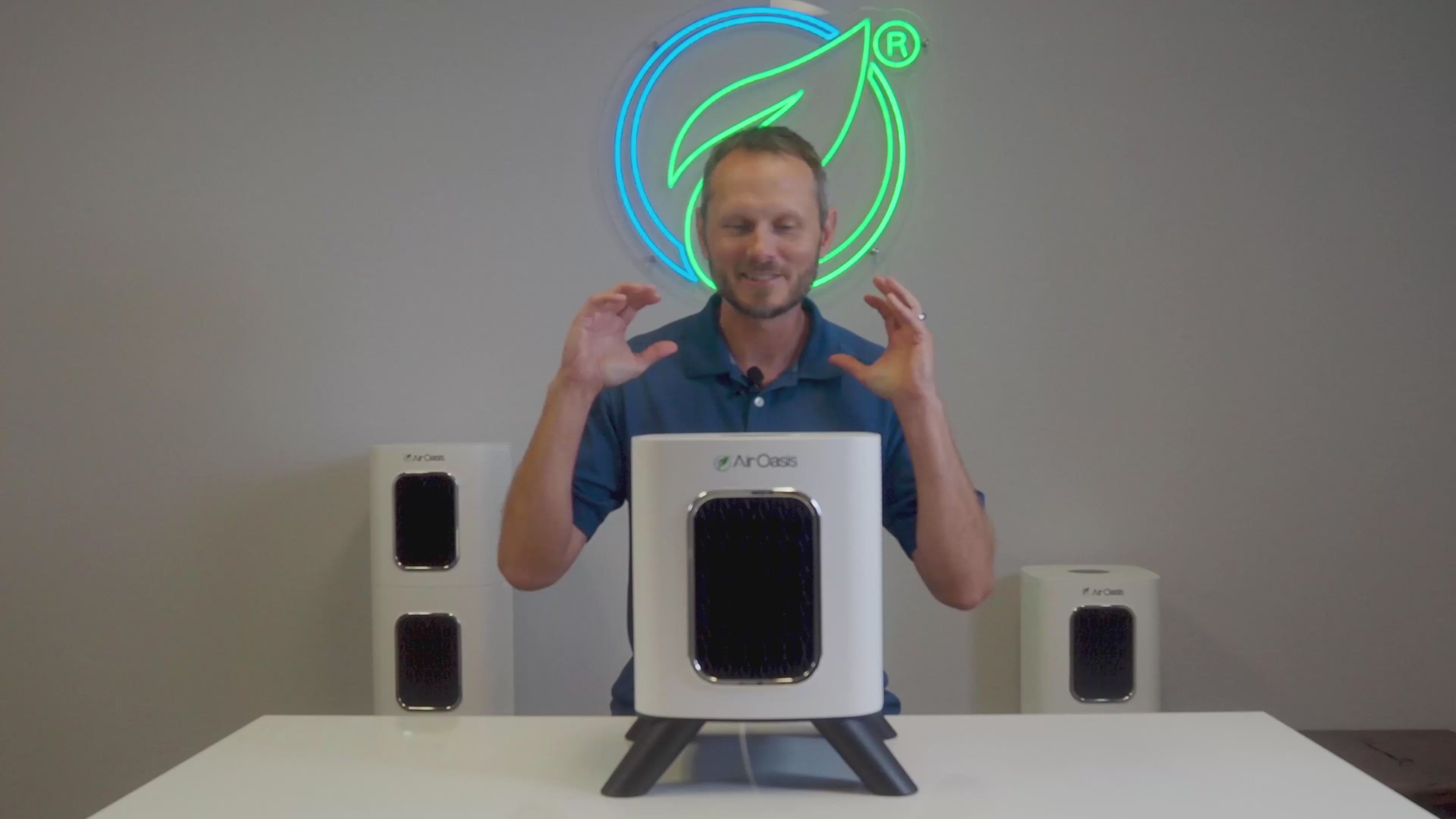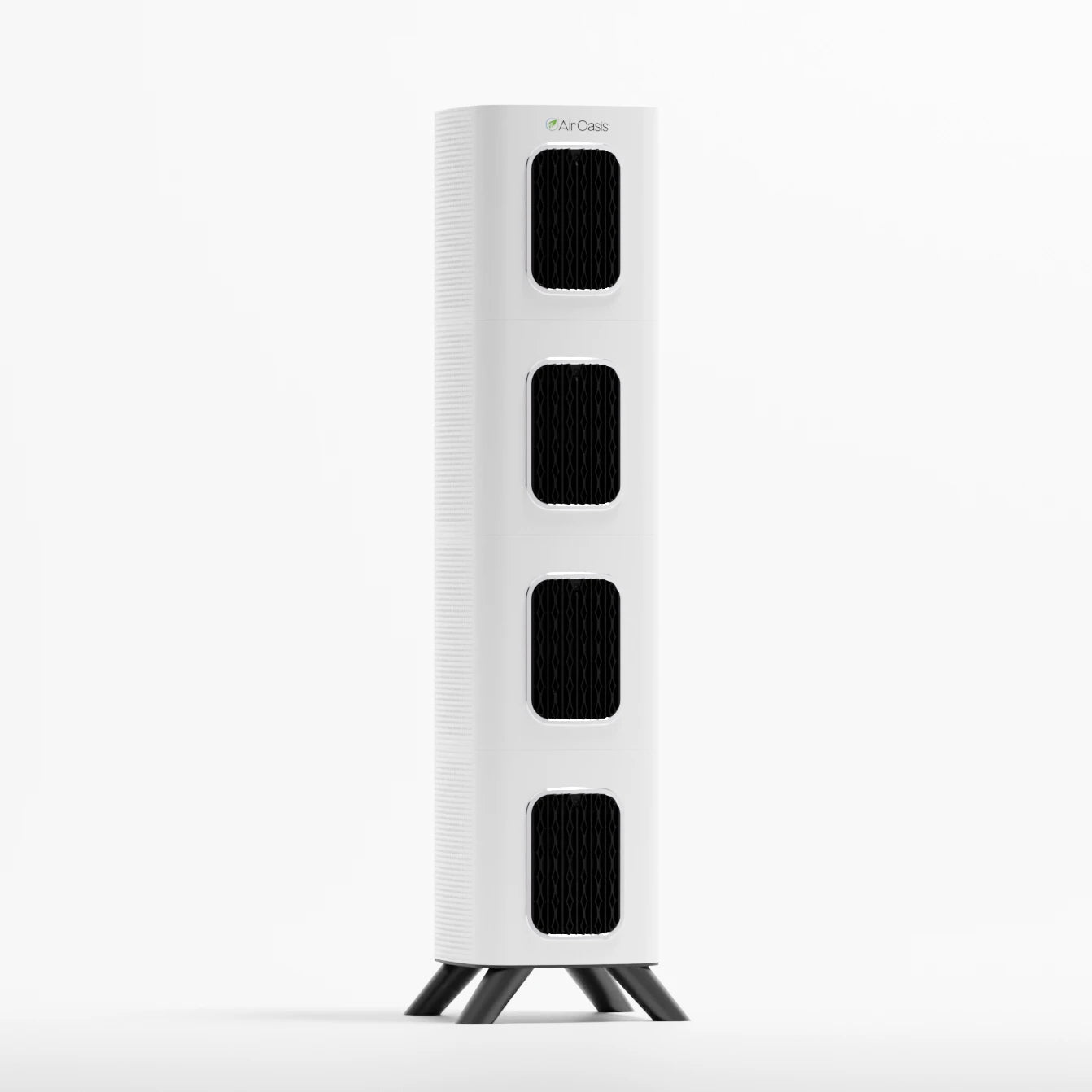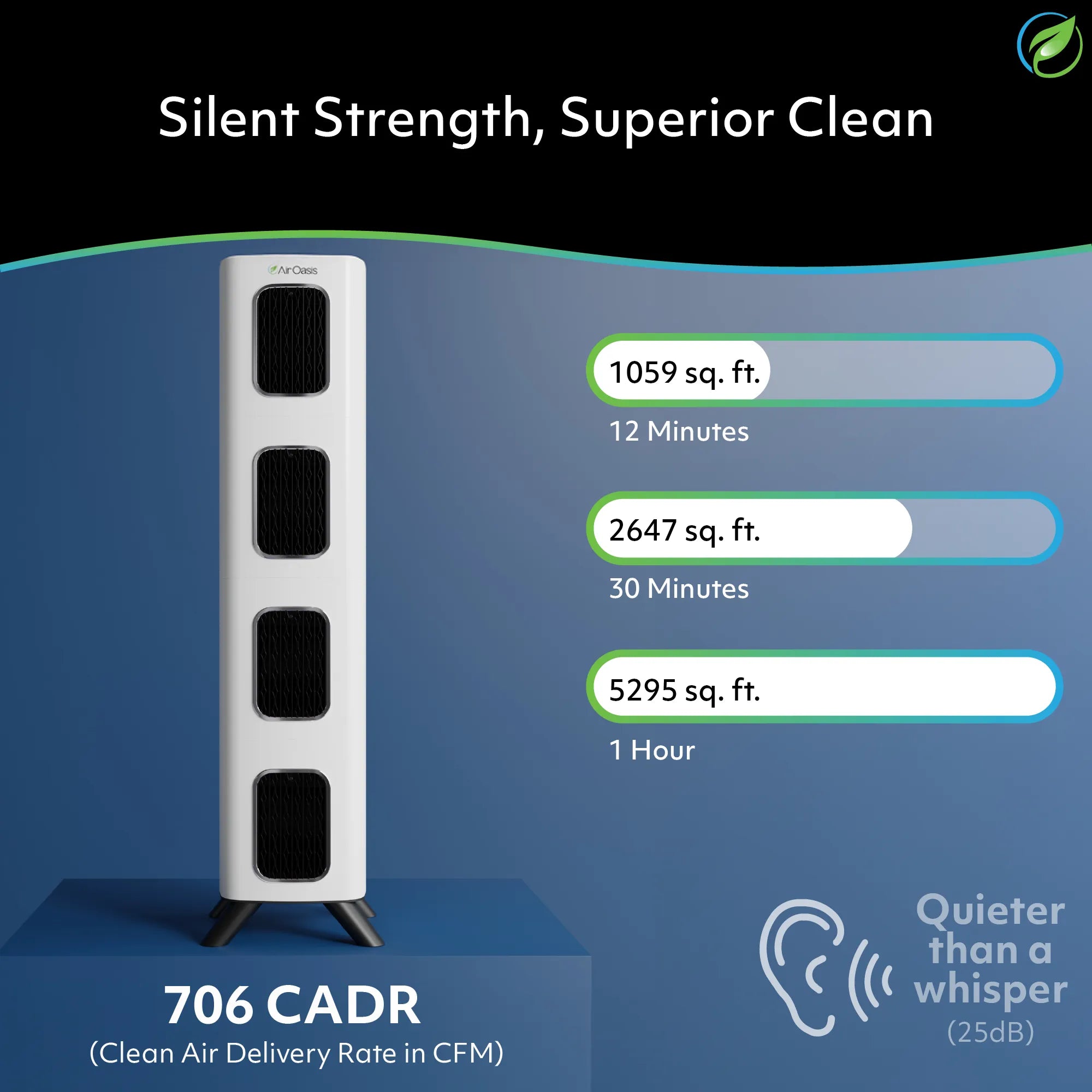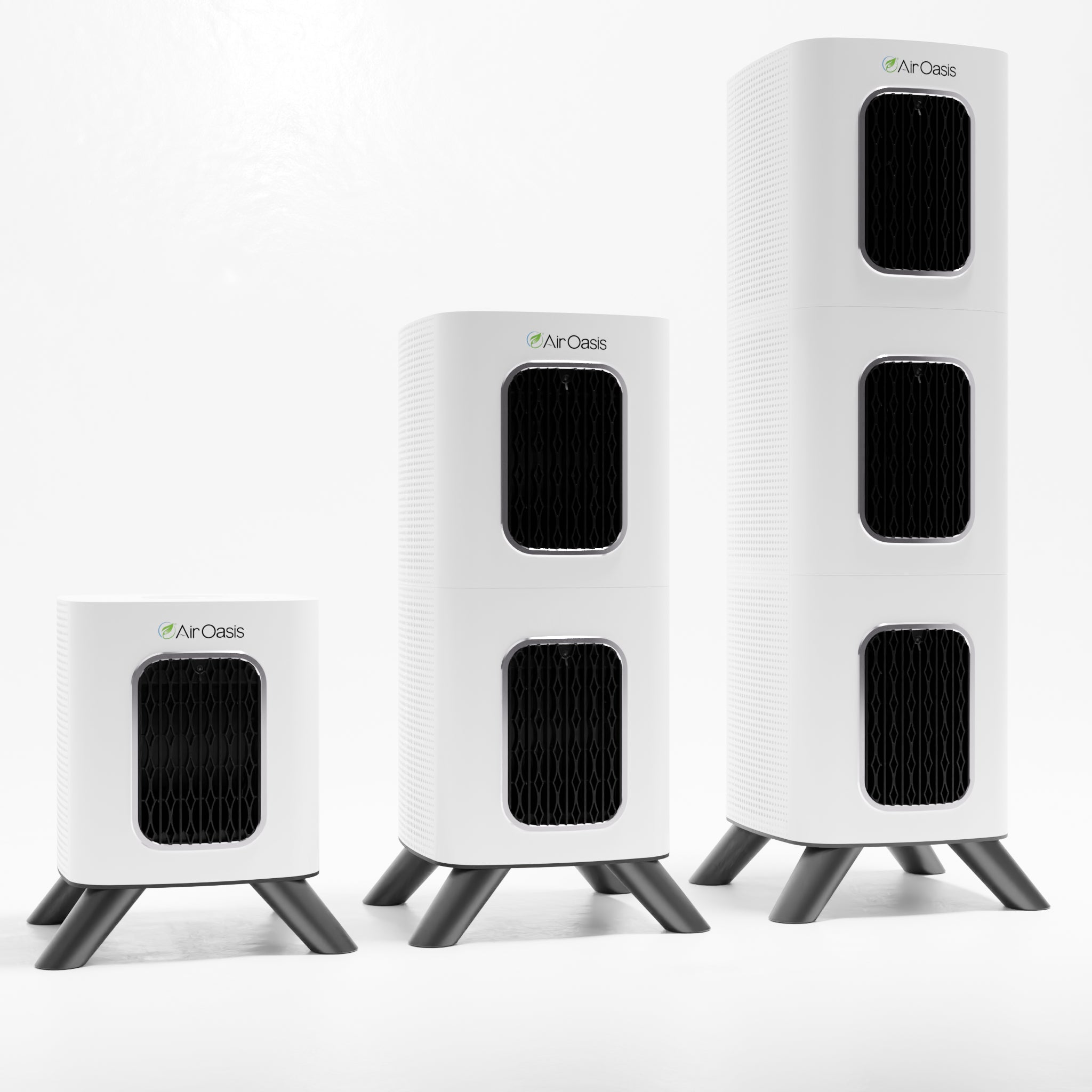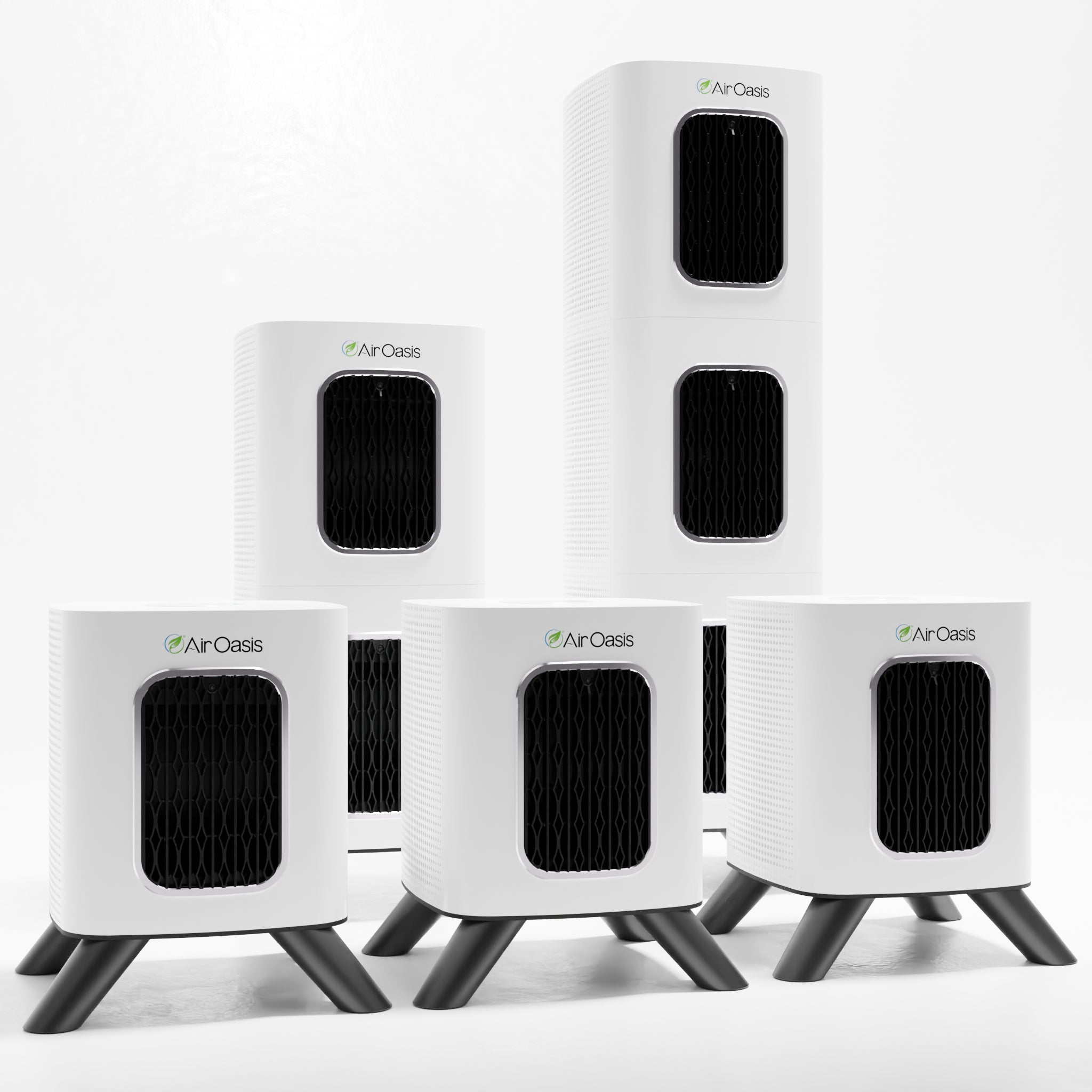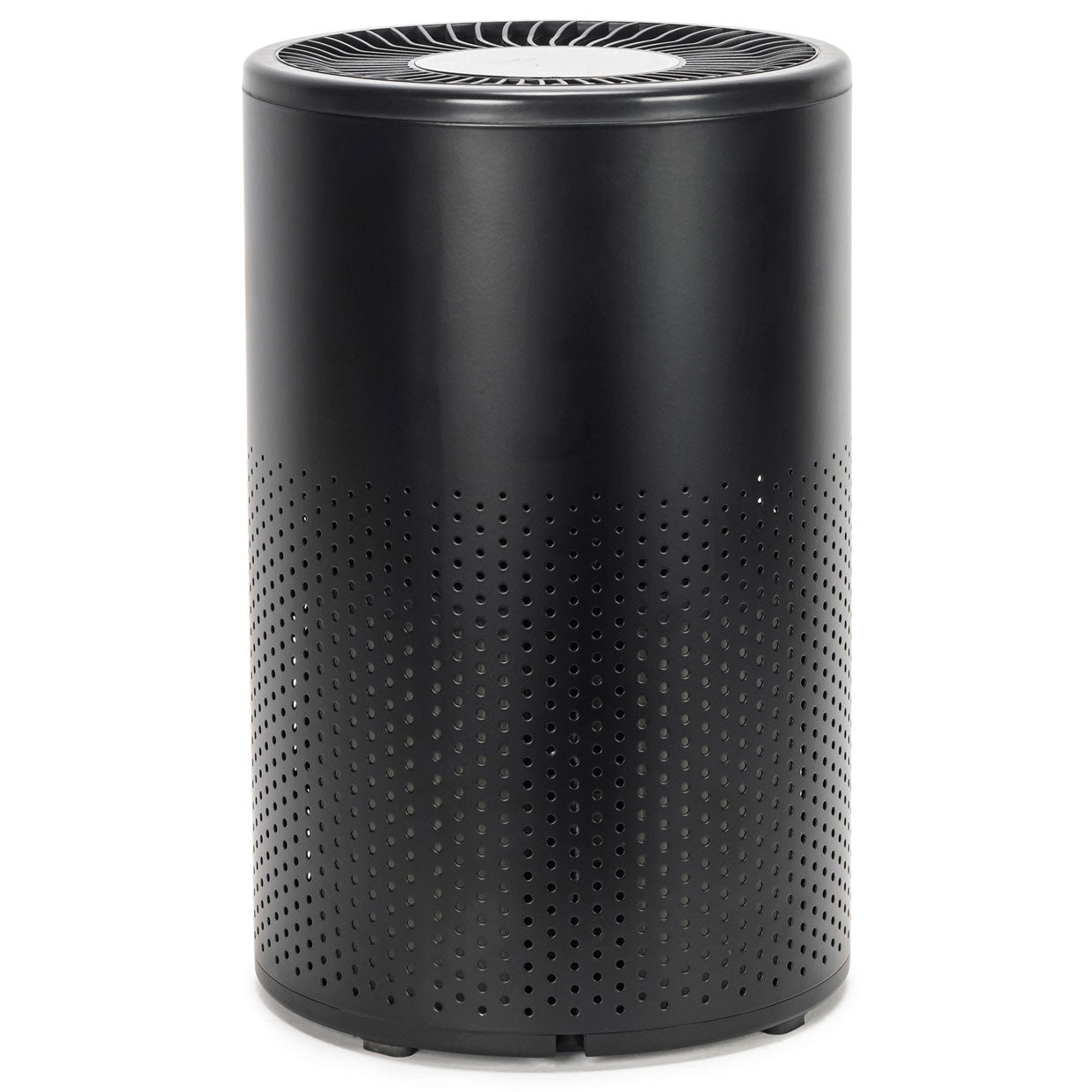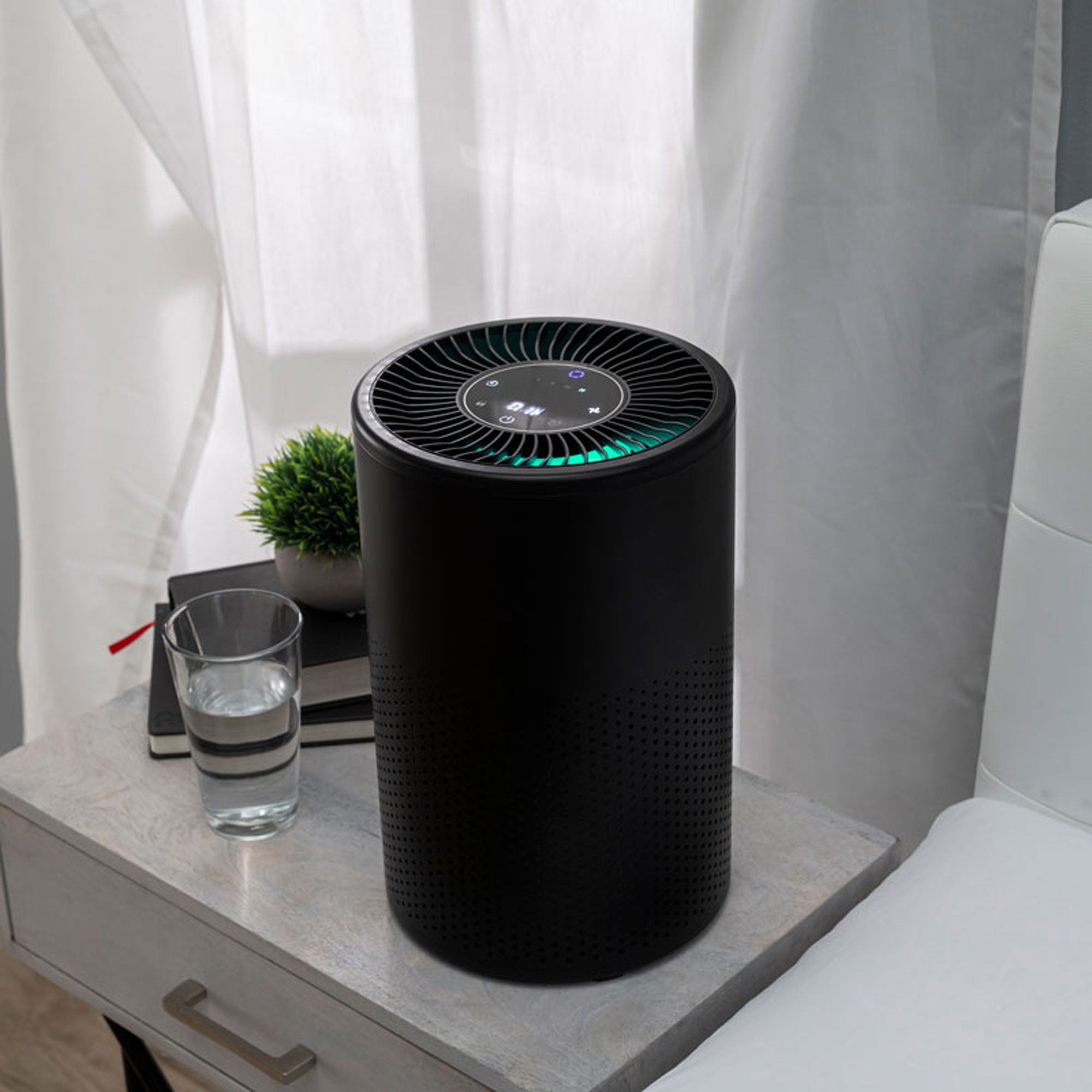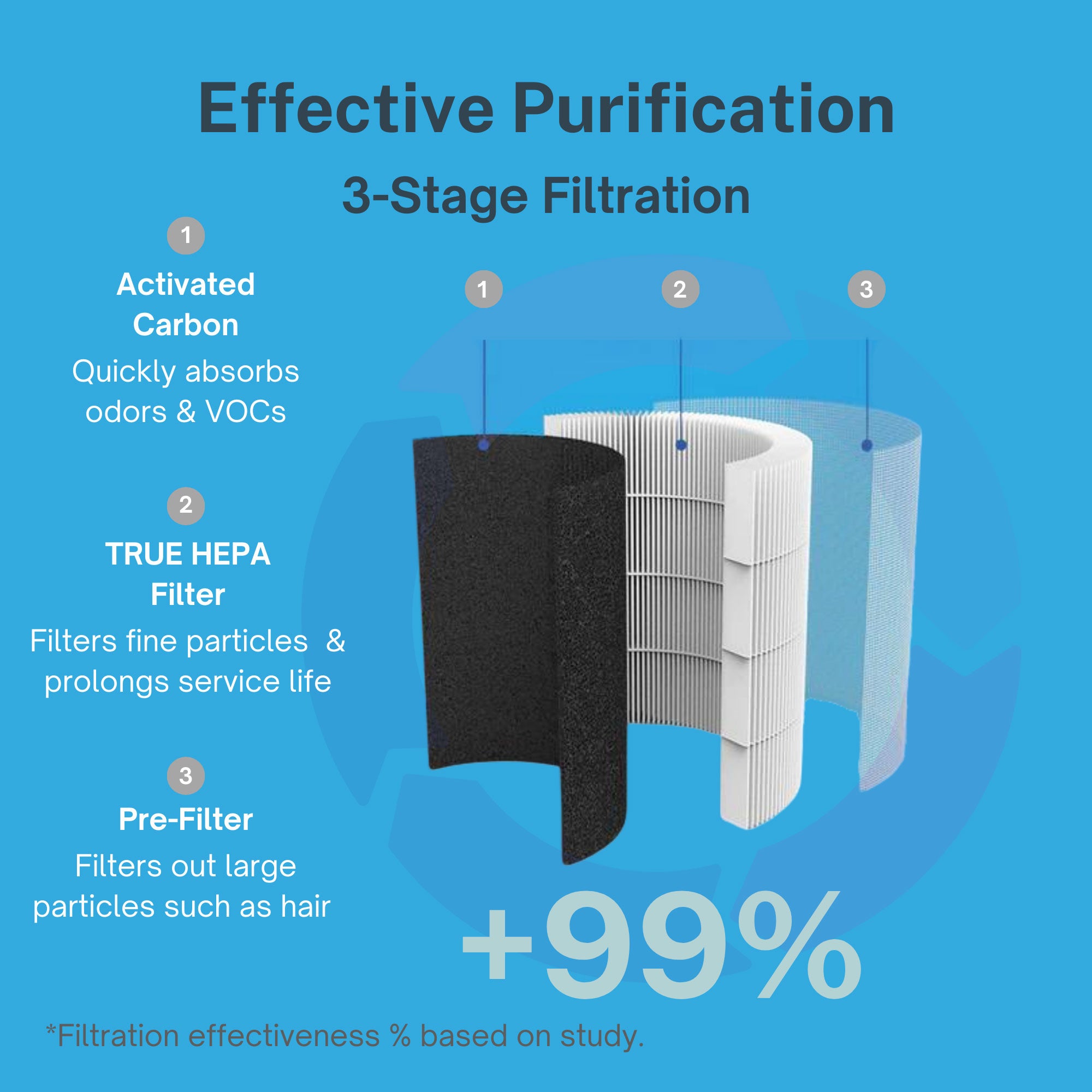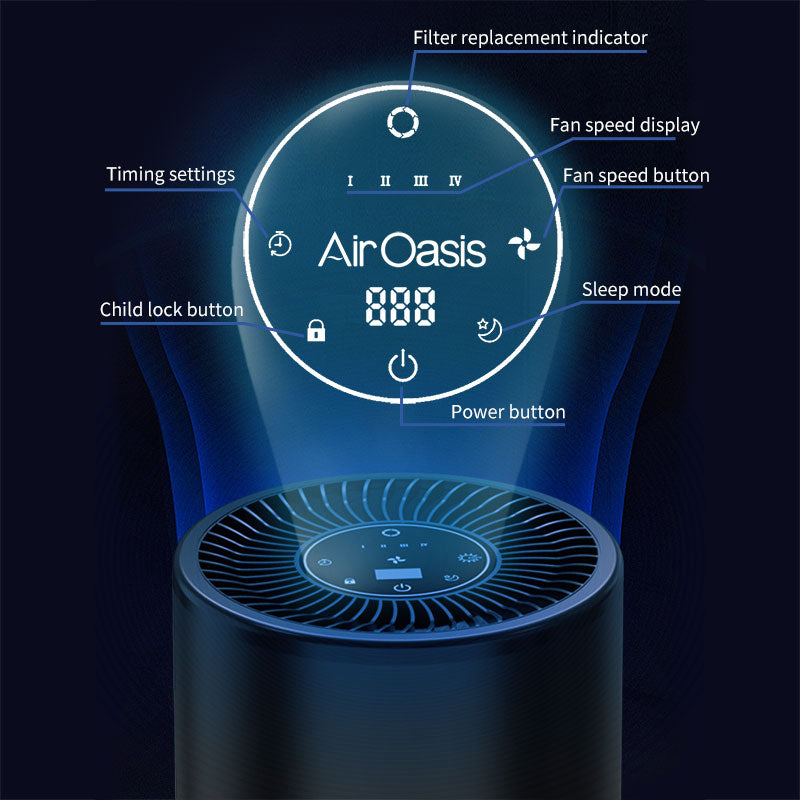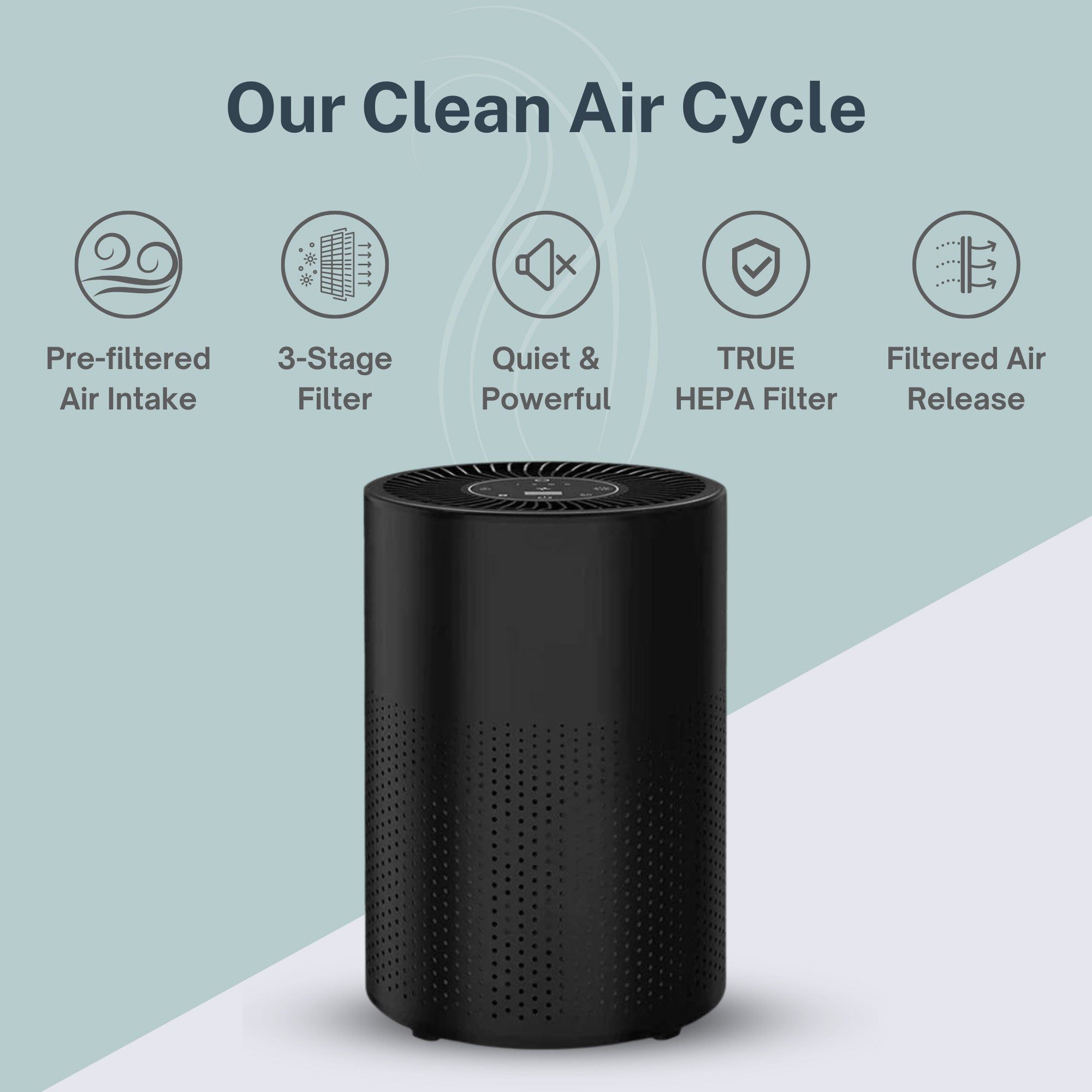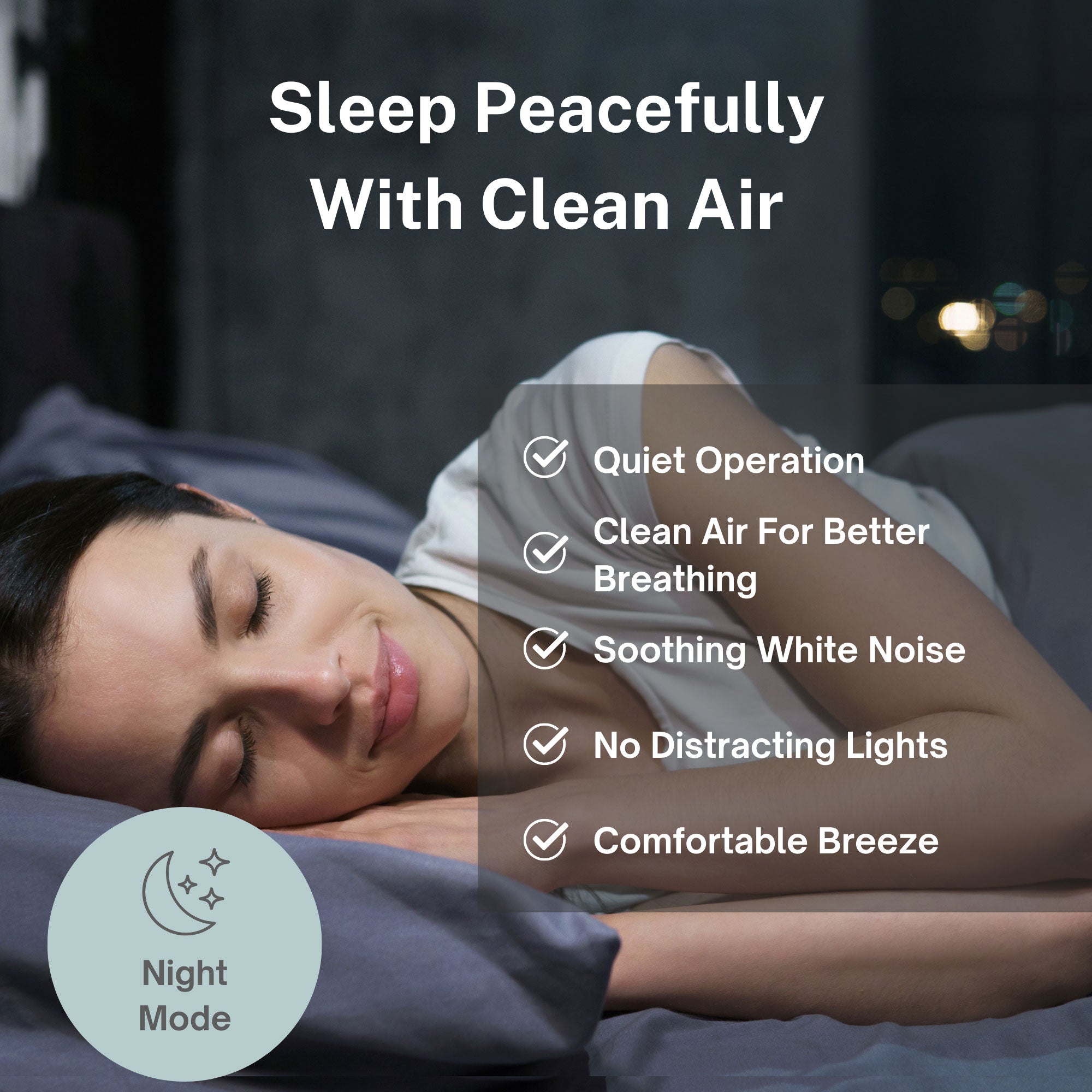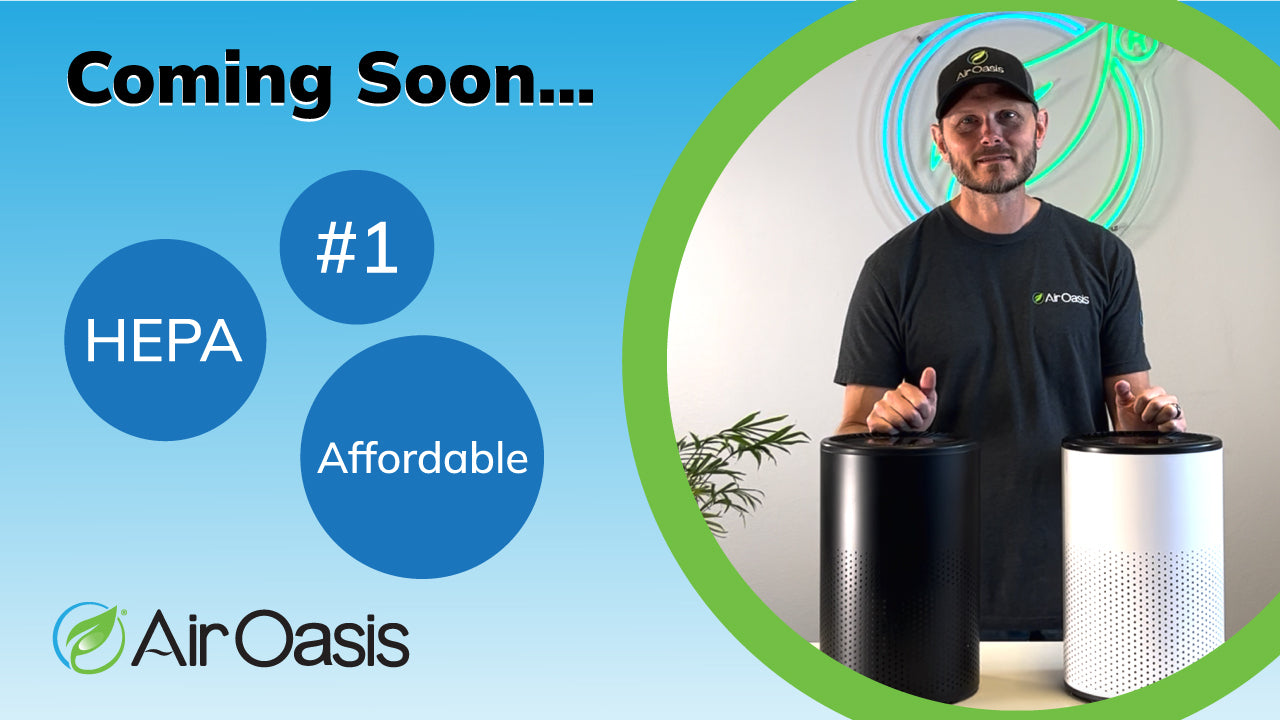Can artificial intelligence predict the air you'll breathe tomorrow better than traditional weather forecasts? Microsoft's groundbreaking Aurora AI model suggests the answer is yes. This cutting-edge technology can accurately forecast air quality conditions, typhoons, and atmospheric events with remarkable precision, potentially transforming how health-conscious individuals protect their wellness. For those who prioritize clean air as a foundation of optimal health, this technological breakthrough represents a significant step forward in environmental health management and personal wellness planning.
The Science Behind AI Air Quality Prediction
Microsoft's Aurora AI represents a quantum leap in atmospheric forecasting technology, trained on over one million hours of comprehensive data from satellites, radar systems, weather stations, simulations, and historical forecasts. Unlike traditional meteorological approaches that rely on complex mathematical models and require hours of supercomputer processing time, Aurora generates highly accurate predictions in mere seconds.
The model's impressive track record speaks to its revolutionary capabilities. Aurora successfully predicted Typhoon Doksuri's landfall in the Philippines four days before the event occurred, outperforming many expert meteorological predictions. During the 2022-2023 season, the AI system surpassed the National Hurricane Center's accuracy in forecasting five-day tropical cyclone tracks, and it correctly anticipated the devastating 2022 Iraq sandstorm that affected millions of people across the region.
What sets Aurora apart for health-conscious individuals is its ability to forecast air quality with unprecedented precision. The model analyzes vast atmospheric datasets to predict pollution levels, particulate matter concentrations, and environmental conditions that directly impact respiratory health and overall wellness. This capability allows people to make informed decisions about outdoor activities, exercise routines, and indoor air management strategies.
The efficiency of Aurora's operation makes real-time health planning feasible. While traditional forecasting systems require extensive computational resources and hours of processing time, Aurora's streamlined approach delivers actionable insights almost instantaneously. This speed enables health-conscious individuals to receive timely alerts about changing air quality conditions, allowing for proactive wellness measures rather than reactive responses to poor environmental conditions.
Why Air Quality Prediction Matters for Health-Conscious Individuals
For wellness enthusiasts who understand that clean air serves as the foundation of optimal health, predictive air quality technology offers unprecedented opportunities for proactive health management. The ability to anticipate environmental changes allows health-conscious individuals to make informed decisions that protect their respiratory systems, cardiovascular health, and overall well-being before exposure to harmful conditions occurs.
Traditional air quality monitoring provides valuable real-time information, but predictive capabilities enable a completely different approach to environmental health planning. When you know that air quality will deteriorate in the coming days due to wildfire smoke, industrial emissions, or atmospheric conditions, you can adjust your exercise schedule, modify outdoor activities, and optimize your indoor environment accordingly. This proactive approach prevents the health impacts that occur when people are caught unprepared by sudden air quality changes.
The health implications extend far beyond immediate respiratory comfort. Poor air quality exposure contributes to inflammation, oxidative stress, cardiovascular strain, and compromised immune function. For individuals committed to longevity and peak performance, avoiding unnecessary exposure to airborne pollutants becomes a crucial component of their wellness strategy. Predictive technology empowers these individuals to maintain their health optimization goals even when outdoor environmental conditions become challenging.
Indoor air quality management becomes significantly more strategic when combined with outdoor air quality predictions. Understanding when external conditions will impact indoor environments allows health-conscious individuals to optimize their home air purification systems proactively. Air Oasis indoor air quality solutions can be adjusted and enhanced based on predictive data, ensuring that indoor environments remain healthy sanctuaries regardless of external atmospheric conditions.
The psychological benefits of predictive air quality information also support overall wellness. Health anxiety often stems from uncertainty and lack of control over environmental factors. When individuals can anticipate and prepare for air quality challenges, they experience reduced stress and greater confidence in their ability to maintain their health standards. This peace of mind contributes to better sleep quality, reduced cortisol levels, and improved mental wellness outcomes.
Smart Indoor Air Quality Management
The integration of AI-powered air quality predictions with intelligent indoor air purification represents the next frontier in personal health optimization. When predictive technology indicates that outdoor air quality will deteriorate due to wildfires, industrial pollution, or atmospheric conditions, health-conscious individuals can proactively enhance their indoor air management systems to maintain optimal breathing environments regardless of external challenges.
Modern air purification technology, such as the iAdaptAir systems from Air Oasis, incorporates smart monitoring and control capabilities that can be optimized based on predictive air quality data. These advanced systems combine HEPA filtration, UV-C sterilization, and bipolar ionization to create comprehensive indoor air quality control that responds intelligently to changing environmental conditions. When AI predictions indicate upcoming air quality challenges, these systems can automatically adjust their operation levels to provide enhanced protection.
The strategic timing of air purification becomes crucial when working with predictive data. Rather than waiting for poor outdoor air quality to infiltrate indoor spaces, proactive air quality management involves pre-filtering and conditioning indoor environments before external pollutants can impact indoor air quality. This approach maintains consistent indoor air quality standards and prevents the health impacts associated with even brief exposure to compromised air.
Smart home integration allows air quality predictions to trigger automated responses throughout the living environment. Air Oasis air purification systems can be programmed to increase filtration intensity, adjust ionization levels, and optimize circulation patterns based on incoming air quality forecasts. This seamless integration ensures that indoor environments remain healthy sanctuaries without requiring constant manual monitoring and adjustment from residents.
The data-driven approach to indoor air quality management also enables health-conscious individuals to track the effectiveness of their air purification strategies over time. By correlating predictive air quality data with indoor air quality measurements and personal health outcomes, individuals can fine-tune their environmental health approaches for optimal results. This personalized optimization supports long-term wellness goals while providing measurable improvements in air quality and associated health benefits.
The Future of Health-Conscious Air Quality Management
The convergence of artificial intelligence, environmental monitoring, and personal health optimization is creating unprecedented opportunities for proactive wellness management. As AI models like Microsoft's Aurora become more sophisticated and widely accessible, health-conscious individuals will gain increasingly precise tools for managing their environmental exposures and optimizing their living conditions for peak health performance.
Future developments in predictive air quality technology will likely incorporate personalized health data to provide customized recommendations based on individual sensitivities, health conditions, and wellness goals. This personalized approach will enable people with specific respiratory sensitivities, cardiovascular concerns, or immune system challenges to receive tailored guidance that protects their unique health needs while supporting their broader wellness objectives.
The integration of wearable health technology with predictive air quality systems represents another exciting frontier. As smartwatches and fitness trackers become more sophisticated in monitoring respiratory function, heart rate variability, and other health indicators, they will provide real-time feedback on how air quality predictions and indoor air management strategies are impacting individual health outcomes. This continuous feedback loop will enable unprecedented precision in environmental health optimization.
Commercial and residential building systems will increasingly incorporate predictive air quality management as standard features. Smart HVAC systems, automated window controls, and integrated air purification networks will work together to maintain optimal indoor air quality based on AI-powered environmental forecasts. This systematic approach to environmental health will make clean air accessibility a standard feature of health-conscious living rather than a luxury requiring individual investment and expertise.
The democratization of advanced air quality prediction technology will also support community health initiatives and public wellness programs. As predictive capabilities become more accessible, communities will be better equipped to protect vulnerable populations, optimize public health responses, and create healthier environments for all residents. This broader adoption will create a culture where clean air and environmental health awareness become integral components of community wellness planning.
Take Control of Your Indoor Air Quality Today
Microsoft's Aurora AI demonstrates the remarkable potential of artificial intelligence to protect and optimize human health through advanced environmental forecasting. For health-conscious individuals committed to creating optimal wellness conditions, this technology represents a powerful tool for proactive air quality management and comprehensive health planning.
While we cannot control outdoor air quality conditions, we can take decisive action to ensure our indoor environments remain healthy sanctuaries regardless of external atmospheric challenges. The combination of predictive air quality technology with advanced indoor air purification creates an unprecedented opportunity to maintain consistent, optimal breathing conditions that support peak health performance and long-term wellness goals.
The future of environmental health lies in proactive management powered by intelligent technology and comprehensive air purification systems. By investing in smart air quality solutions today, health-conscious individuals can protect their families, optimize their wellness routines, and create indoor environments that support their highest health aspirations. Don't wait for poor air quality to impact your health—take control of your indoor air environment and breathe cleaner, healthier air every day. Shop Air Oasis today and experience the difference that advanced air purification technology can make in your wellness routine.
Frequently Asked Questions About AI Air Quality Prediction
Let's go over some Qs about this kind of tech.
How accurate is AI-powered air quality forecasting compared to traditional methods?
AI models like Microsoft's Aurora demonstrate significantly higher accuracy rates than traditional forecasting methods, successfully predicting major atmospheric events days in advance with precision that often exceeds expert meteorological predictions.
Can AI air quality predictions help people with respiratory sensitivities?
Yes, predictive air quality technology enables individuals with asthma, allergies, and other respiratory sensitivities to plan their activities and optimize their indoor environments before poor air quality conditions develop.
How can indoor air purification systems use predictive air quality data?
Smart air purification systems can automatically adjust their operation levels, filtration intensity, and circulation patterns based on incoming air quality forecasts, providing proactive protection against outdoor pollutants.
What makes AI air quality prediction different from current weather forecasting?
AI systems process vastly larger datasets and generate predictions in seconds rather than hours, providing more precise and timely information specifically focused on air quality conditions rather than general weather patterns.
How will predictive air quality technology impact personal health management?
Predictive technology enables proactive rather than reactive health management, allowing individuals to make informed decisions about exercise, outdoor activities, and indoor air quality optimization before exposure to harmful conditions occurs.





